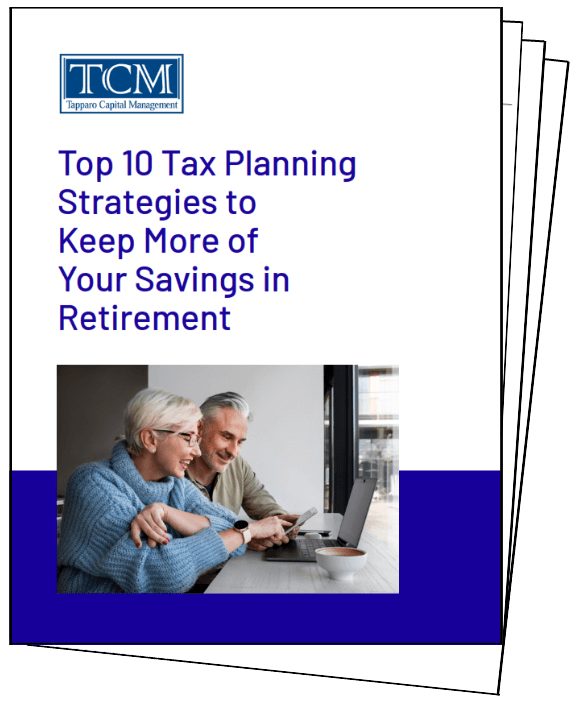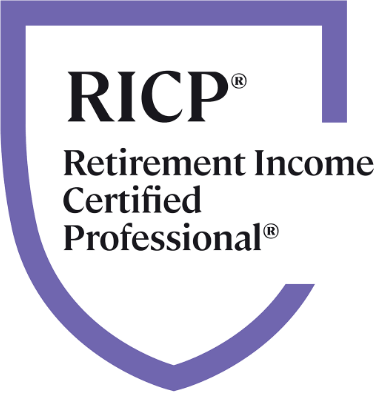It’s widely known that Medicare plays an important role in the healthcare plans of many retirees in the United States. Initially introduced in 1965, Medicare amassed a total of $988 billion in revenue in 2022 while extending its benefits to over 65 million individuals. Nearly 96% of people aged 65 and above currently rely on Medicare.
Despite the impact Medicare can have on your financial future, many people lack a comprehensive understanding of the full spectrum of options available to them. Not having clarity about how the system works and the details of your benefits could have severe financial repercussions. If you’ve ever attempted to solve the complexities of Medicare on your own, only to find yourself overwhelmed and confused, you are an ideal candidate for a Medicare assessment.
What Is Medicare?
Medicare is a health insurance program provided by the federal government for people over the age of 65 as well as disabled individuals. As mentioned, it plays a key role in covering healthcare costs in retirement, but it is not meant to cover everything. Understanding its coverage and its limitations is a crucial part of being prepared for retirement.
Medicare is divided into four parts: Part A, Part B, Part C, and Part D. There are also supplemental coverages to consider. Here is an overview of the different options to review as you approach retirement:
- Original Medicare is a package that includes Part A and Part B, with the optional add-on of Part D.
- Part A covers hospital services. If you or your spouse paid Medicare payroll taxes during your working years for at least 10 years, Part A is free for you. If you didn’t, you can still get coverage by paying a monthly premium.
- Part B covers doctor visits and other outpatient services. Even if you or your spouse paid Medicare payroll taxes, Part B has a monthly premium.
- Part D is an optional add-on that includes drug coverage.
- To help with Medicare costs such as copayments, coinsurance, and deductibles, many retirees will purchase Medigap insurance from private insurance companies to supplement their Original Medicare plan. Some Medigap plans also cover additional services not covered by Part A or Part B, but typically exclude services such as dental, vision, and hearing visits.
- Medicare Advantage, also known as Part C, is an alternative to Original Medicare that is offered through Medicare-approved private companies. This plan bundles Part A and Part B and often includes Part D as well. Medicare Advantage plans may cover additional services, including vision, hearing, and dental visits, but it is dependent on the terms of each plan and you will have to read the coverage details carefully. Medigap policies cannot be combined with Medicare Advantage.
- You may pay an extra charge added to your Part B premium called an Income Related Monthly Adjustment Amount (IRMAA). In short, if your modified adjusted gross income as reported on your IRS tax return from two years ago is above a certain amount, you’ll pay the standard premium amount plus an IRMAA charge. For 2024, the projected IRMAA additional premiums are:
| MAGI – Single Taxpayers | MAGI – Married Filing Jointly | IRMAA Premium (Part B) |
| 102,500 | 205,000 | $174.80 |
| Between $102,000 and $130,000 | Between $205,000 and $260,000 | $244.70 |
| Between $130,000 and $162,000 | Between $260,000 and $324,000 | $349.60 |
| Between $162,000 and $193,500 | Between $324,000 and $387,000 | $454.40 |
| Between $193,500 and $500,000 | Between $387,000 and $500,000 | $559.20 |
| Greater than or equal to $500,000 | Greater than or equal to $750,000 | $594.20 |
Keep in mind that basic Medicare does not cover long-term care, dental care, vision, or hearing care. This includes Medigap supplemental coverage. You may think you’re getting additional services when you enroll in Medigap, but that is not the case. Medigap only helps out with deductibles and copays, it will not provide additional services that Medicare does not cover. If these expenses are not properly planned for, it can be detrimental to your overall retirement plan.
What to Expect?
What to expect depends on which stage of the Medicare process you’re in.
While generally true that if you’re a pre-retiree thinking about enrollment, you should expect to sign up in the months surrounding your 65th birthday (three months before and three months after), this is not always the case. If you are still employed at the age of 65, you may be able to keep your employer insurance—but you still may be required to enroll in Medicare. This is what makes it tricky!
If your employer plan covers 20 or more employees, you are not required to enroll in Medicare. You may continue the same as before, keeping your employer plan and delaying Medicare enrollment. It is important to talk to your employer benefits administrator as you may be advised to enroll in Medicare Part A. (Part A is free and offers better hospital coverage than most employer plans.)
If you are working at a small company (fewer than 20 employees) and are covered by that employer’s plan, you must enroll in Medicare. Smaller employer plans pay secondary to Medicare, and for Medicare to pay primary, you must be enrolled. Many times, employees at small companies are unaware that they need to enroll in Medicare at 65. In this case, you might incur a medical bill and find out that it’s denied because Medicare is the primary payer. Yikes!
If you’re receiving Social Security benefits at the time of your Medicare enrollment, you will be automatically enrolled in Medicare Part A and Part B. Additional coverages like Part D, Medigap, and Medicare Advantage will have to be enrolled separately. If you’re not receiving Social Security when you turn 65, you will have to apply for Medicare through the Social Security Administration website.
If you’re retired and already enrolled in Medicare, you should expect to review your benefit options every year. Medicare open enrollment is from October 15th through December 7th. The decisions you make during this period will affect your 2024 Medicare coverage. It’s a daunting task, but Medicare costs and coverage levels change annually so it’s important to stay up to date.
If you are already enrolled in Medicare, here is what you can do with your Medicare coverage during the enrollment period:
- If you have Medicare Parts A & B, you can switch to Part C.
- If you have Medicare Part C, you can switch back to Original Medicare or change to a different Medicare Advantage Plan. Beware! Once you are past your one-time Medigap open enrollment period and you want to switch back to Original Medicare, you may not be able to qualify for an affordably priced Medigap plan.
- If you have Part D, you can switch to a different Part D plan or drop your prescription drug plan.
Don’t get this confused with the Medicare Advantage open enrollment period that occurs from January 1st to March 31st, where those with Part C can change to a different Part C plan or switch to Parts A and B. Any other changes need to happen in the October-December enrollment period.
Feeling Confused? We Can Help
If you’re feeling overwhelmed, you’re not the only one. It’s a common reaction when our clients begin considering Medicare, and that’s precisely why we’re here to offer support. At Tapparo Capital Management, our goal is to help you make informed decisions so you feel confident about your choices.
Whether you’re seeking clarity about your existing Medicare plan or require guidance through the enrollment process, don’t hesitate to get in touch with us today. To schedule a “Get Acquainted Call” to see if we are a good fit for each other, call 978-887-1121 or email andrew@tapparocapital.com.
About Andy
Andrew Tapparo is a fee-only financial advisor at Tapparo Capital Management, a financial planning firm in Topsfield, MA, helping clients turn their savings into a retirement income that lasts. Inspired by the quote “Choose a job you love, and you will never work a day in your life,” Andy founded Tapparo Capital Management in 1997 with a passion for helping clients enjoy a truly worry-free and fulfilling retirement and experience financial freedom. As a Retirement Income Certified Professional (RICP®), he designs retirement strategies along with sound money management to help clients retire with confidence.
Andy holds a Bachelor of Science in Industrial Engineering from Rochester Institute of Technology in Rochester, New York, and a Master of Science in Finance from Bentley University in Waltham, Massachusetts. Specializing in retirement income planning, Andy completed a comprehensive financial industry education program at The American College of Financial Services and was awarded the Retirement Income Certified Professional® designation. He is frequently quoted in the media as a financial expert.
Andy and his wife, Susan, live in Topsfield, Massachusetts, and have two beautiful daughters. Outside of work, he is an automobile enthusiast, enjoys taking road trips, and loves the Outer Banks of North Carolina. In his spare time, he volunteers with the local high school varsity girl’s basketball team as the team statistician and runs the team’s website. He is passionate about supporting charities that serve our veterans and their families. To learn more about Andy, connect with him on LinkedIn.



